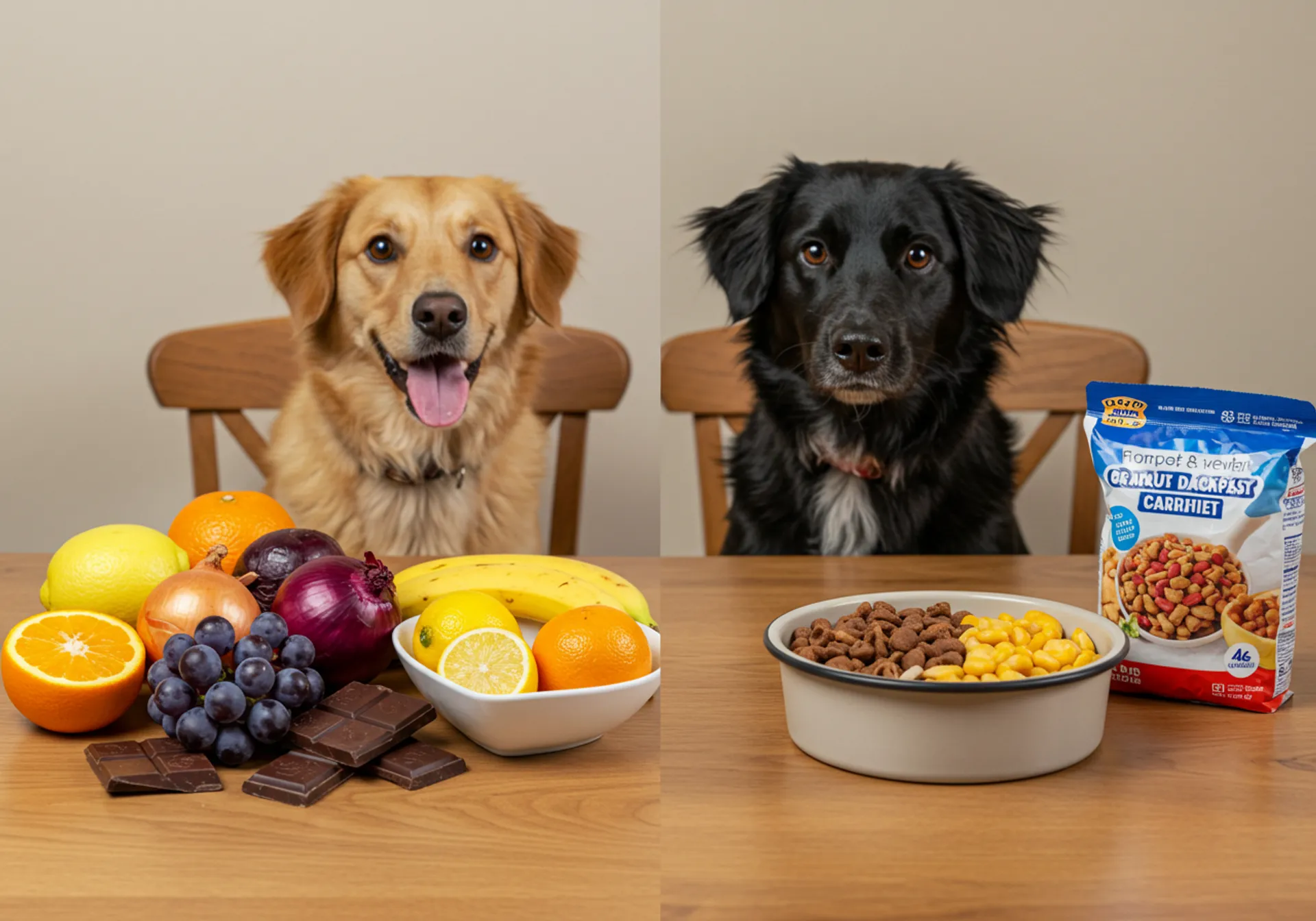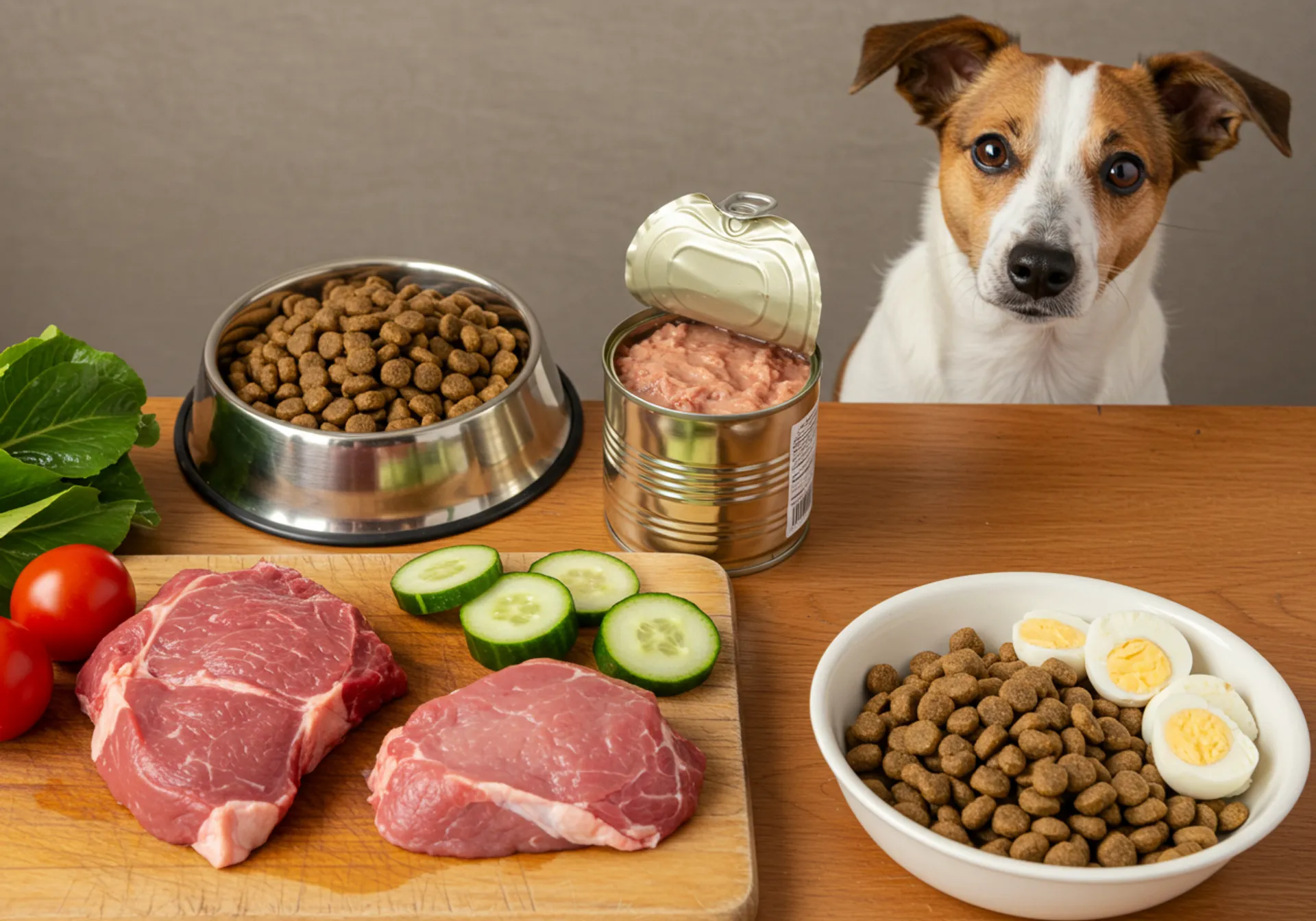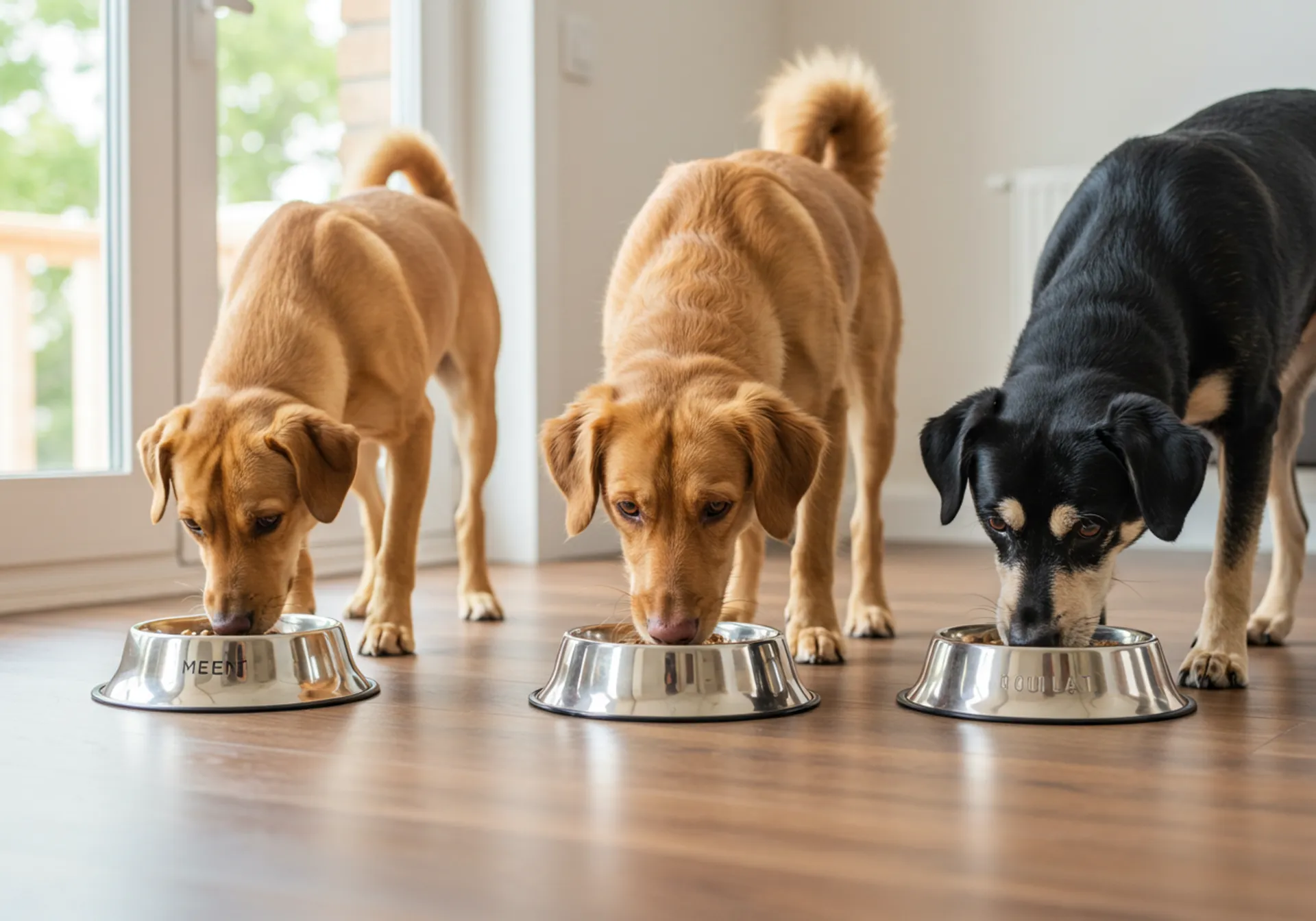Why Dog Nutrition Matters
Good nutrition supports everything from your dog’s coat and skin health to their immune system, energy levels, and even behavior. Just like humans, dogs thrive when they eat the right balance of proteins, fats, carbohydrates, vitamins, and minerals.
The Role of Balanced Nutrition
A diet that is balanced and tailored to your dog’s needs can:
- Promote strong bones and muscles
- Support digestive health
- Reduce the risk of chronic diseases
- Maintain a healthy weight
- Boost energy and mood
Key Nutrients Every Dog Needs
Let’s break down the core building blocks of your dog’s diet:
Protein
Protein is essential for growth, muscle repair, and energy. Look for quality sources like chicken, beef, turkey, fish, and lamb. Puppies, active dogs, and working breeds often need more protein than senior dogs.
Fats
Healthy fats provide concentrated energy and support skin and coat health. Omega-3 and omega-6 fatty acids (found in fish oil and flaxseed) are especially important.
Carbohydrates
While not strictly essential, carbs from whole grains, vegetables, and fruits provide fiber and energy. Avoid foods high in refined carbs or fillers.
Vitamins and Minerals
Micronutrients keep everything running smoothly — from nerve function to bone health. Commercial dog foods are usually fortified to ensure your pup gets the right balance.
Choosing the Right Dog Food
When picking food for your pup, consider age, size, activity level, and health conditions. Here are some common options:
Dry Kibble
The most convenient option, kibble is affordable, easy to store, and usually balanced with added nutrients. Choose brands with real meat as the first ingredient.
Wet Food
Higher in protein and moisture, wet food is great for picky eaters or dogs that need more hydration. However, it can be more expensive and spoil quickly after opening.
Raw Diets
Some owners feed raw meat, bones, and vegetables. While this diet can mimic what dogs might eat in the wild, it comes with risks like bacterial contamination. Always consult with a vet before starting a raw diet.
Homemade Meals
If you prepare food at home, be sure to follow vet-approved recipes. Dogs need a precise balance of nutrients, and missing even one vitamin can cause health problems.
Common Feeding Mistakes
Even with the best intentions, dog parents sometimes make feeding mistakes. Here are a few to avoid:
- Overfeeding: Extra calories lead to obesity, which increases the risk of heart disease and joint issues.
- Feeding human foods: Some foods like chocolate, onions, and grapes are toxic to dogs. (ASPCA Toxic Food List)
- Not considering life stage: Puppies, adults, and seniors have different dietary needs.
- Ignoring portion control: Always measure your dog’s meals instead of free-feeding.
How Often Should You Feed Your Dog?
Feeding frequency depends on age and lifestyle:
- Puppies: 3–4 small meals per day
- Adults: 2 meals per day
- Seniors: 2 smaller meals per day
Signs of Poor Nutrition
Watch for these warning signs that your dog’s diet may not be meeting their needs:
- Dull coat or excessive shedding
- Lethargy or lack of energy
- Frequent digestive issues
- Unexplained weight loss or gain
Supplements: Are They Necessary?
Most commercial dog foods are formulated to meet all of your dog’s nutritional requirements. However, in some cases, supplements may be beneficial:
- Fish oil: For skin, coat, and joint health
- Glucosamine: For joint support in older dogs
- Probiotics: For digestive balance
Always consult your vet before adding supplements.
Transitioning to a New Food
If you’re switching your dog’s diet, do it gradually to avoid stomach upset. Start with 25% new food and 75% old food, then increase the new food by 25% every few days.
Final Thoughts
Feeding your pup the right way doesn’t have to be complicated. By focusing on balanced nutrition, avoiding common mistakes, and tailoring the diet to your dog’s unique needs, you’ll give them the best chance at a long, happy life. For more guides like this, check out our Dog Nutrition category here on The Dog Blog.







